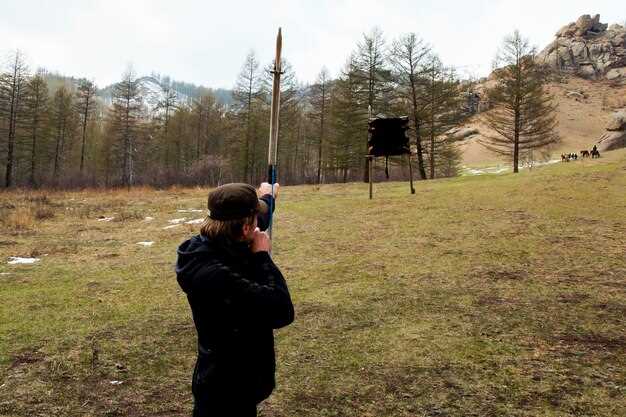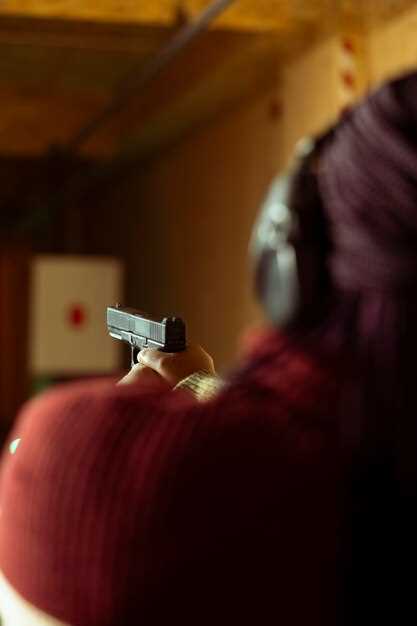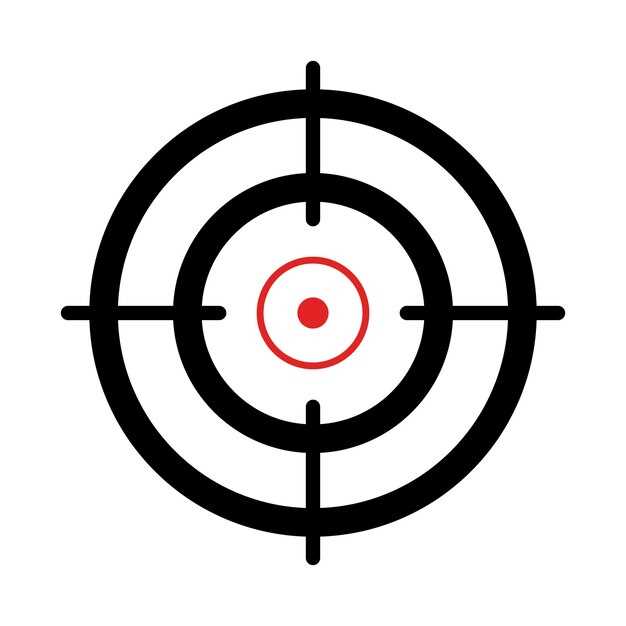
How to sight in your crossbow for accuracy

Achieving optimal accuracy with your crossbow is essential for anyone serious about archery or hunting. Proper sighting is a fundamental skill that can significantly enhance your shooting consistency and ensure that every shot counts. Whether you are a seasoned archer or a beginner, understanding how to sight in your crossbow effectively can make a considerable difference in your performance.
The process of sighting in your crossbow involves adjusting the scope or sights to align with the point of impact of your arrows. This guide will walk you through the necessary steps to achieve precise adjustments that cater to your specific shooting range and conditions. By following these methods, you can eliminate guesswork and start hitting your targets with confidence.
In this guide, we will cover various aspects of the sighting process, including equipment selection, step-by-step adjustment techniques, and tips for maintaining your crossbow’s accuracy over time. With the right knowledge and practice, you will be on your way to mastering your crossbow and improving your overall shooting skills.
Choosing the Right Crossbow Sight for Optimal Performance

Selecting the appropriate sight for your crossbow is crucial for achieving improved accuracy and enhancing overall performance. Various types of sights are available, each offering unique features that can impact your shooting experience. Understanding these options will help you make an informed decision based on your specific needs and preferences.
One of the most popular choices is the red dot sight. This type provides a simple and quick aiming point, allowing for rapid target acquisition. Red dot sights are especially beneficial for hunters who need to make quick shots under various conditions. Additionally, many models come with adjustable brightness settings, ensuring visibility in different lighting environments.
Another common option is the scope sight, which generally offers higher magnification levels. Scopes are particularly advantageous for precise long-range shooting, as they enable greater detail and target perception at significant distances. When selecting a scope, consider factors such as the reticle type, magnification range, and lens clarity to ensure optimal performance.
For those seeking versatility, multi-reticle sights can be an excellent choice. These sights typically feature several aiming points that correspond to various distances, allowing you to adjust your aim based on the range of your target. This can significantly enhance accuracy and alleviate the need for constant adjustments while shooting.
When choosing a sight, also take into account the construction materials and durability. A rugged, weather-resistant sight will better withstand harsh conditions during hunting trips. Look for features such as shock resistance and waterproofing to ensure longevity and reliable performance.
Lastly, ensure that the sight you choose is compatible with your specific crossbow model. Incompatibility can lead to installation issues and affect the overall function of your equipment. A properly mounted sight can significantly improve your ability to sight in your crossbow effectively, leading to greater accuracy over time.
Step-by-Step Process for Sighting in Your Crossbow Correctly

Accurate sighting of your crossbow is essential for effective hunting and target shooting. Follow this detailed process to ensure optimal accuracy.
1. Gather Necessary Equipment: Before you begin, make sure you have your crossbow, a suitable target, and the required tools, including a sight adjustment tool and a level. Also, keep a stable shooting platform, such as a bench or crossbow stand, nearby.
2. Set Up Your Target: Place your target at a distance of about 20 yards. This distance is generally ideal for initial sighting adjustments. Ensure the target is clearly visible and securely mounted.
3. Check Crossbow Assembly: Confirm that your crossbow is properly assembled and functioning well. Inspect the strings and cables for any wear and ensure the limbs are straight. A properly assembled crossbow is critical for accurate sighting.
4. Adjust the Sights: If your crossbow has open sights or a scope, start with its adjustments. Begin with the elevation adjustment by aiming at the center of the target and adjusting the knob or dial to align the crosshairs with the point of impact.
5. Take Initial Shots: Fire three shots at the target while maintaining a consistent shooting position. Aim for the center and focus on replicating your stance and grip with each shot. This will help gauge your crossbow’s current accuracy.
6. Analyze Shot Grouping: After firing, assess the grouping of your shots. If the shots are consistently hitting low and left, make corresponding adjustments to the sights. If necessary, repeat the shot process until the grouping is tight and centered.
7. Fine-Tune Adjustments: Based on the analysis, make small incremental adjustments to both windage (left/right) and elevation (up/down). Make sure to test fire again after each adjustment to evaluate the accuracy improvements.
8. Extend the Distance: Once you achieve accuracy at 20 yards, gradually increase the distance to 30, 40, and then 50 yards. Repeat the sighting process at each distance, ensuring you recalibrate as necessary to maintain accuracy.
9. Practice Regularly: Continuously practice shooting at various distances to maintain your skills and ensure your crossbow remains sighted correctly. Regular practice reinforces your familiarity with the crossbow and enhances accuracy over time.
10. Reassess Periodically: Every few months, reassess your crossbow’s sighting, especially if it has been transported or if environmental conditions have changed. Regular evaluations can prevent unforeseen discrepancies in accuracy.
By following these steps diligently, you can ensure correct sighting of your crossbow, significantly improving its accuracy for successful shooting experiences.
Common Mistakes to Avoid When Sighting Your Crossbow
Sighting your crossbow accurately is crucial for optimal performance and precision. However, many archers make common mistakes that can hinder their accuracy. Here are some key errors to avoid:
- Skipping the Instruction Manual: Always start by reading the user manual of your specific crossbow model. Neglecting this can lead to incorrect adjustments.
- Ineffective Positioning: Ensure you are in a stable shooting position. Improper stance can negatively affect your aim and consistency.
- Overlooking Scope Alignment: Check that your scope is properly mounted and aligned. Misalignment can cause drastic shifts in your shot placement.
- Not Adjusting for Distance: Be mindful of varying distances. Failing to adjust your sight for different ranges can lead to missed targets.
- Ignoring Environmental Factors: Wind, humidity, and temperature can influence your shot. Always account for these conditions when sighting.
- Inconsistent Shooting Technique: Maintain the same shooting form and technique for each shot. Variability can introduce errors in your grouping.
- Rushing the Sighting Process: Take your time to sight in your crossbow accurately. Hurrying through adjustments can lead to mistakes and frustration.
By avoiding these common mistakes, you can improve your sighting procedure and enhance your crossbow accuracy significantly.




